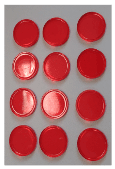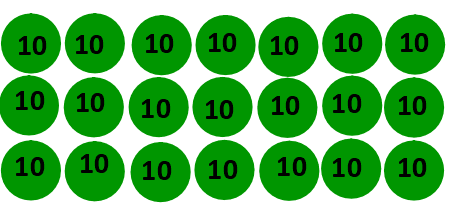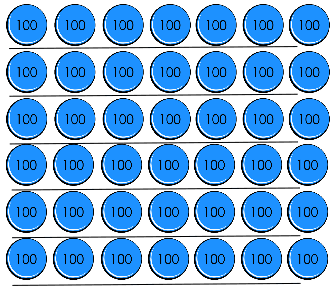Deriving Division and Multiplication Facts
Deriving Division and Multiplication Facts
Link copied to clipboard
These resources will be removed by end of Summer Term 2025.
Switch to our new teaching resources now - designed by teachers and leading subject experts, and tested in classrooms.
These resources were created for remote use during the pandemic and are not designed for classroom teaching.
Lesson details
Key learning points
- In this lesson, we will explore how division is the inverse to multiplication. Then, we will learn how to derive division facts from known facts using our times tables knowledge.
Licence
This content is made available by Oak National Academy Limited and its partners and licensed under Oak’s terms & conditions (Collection 1), except where otherwise stated.
5 Questions
Q1.
What is the product in the equation below? 3 x 4 = 12
3
4
Q2.
Select the equations that shows the commutative law.
11 x 3 = 33 and 27 + 6 = 33
2 + 7 = 9 and 3 x 3 = 9
Q3.
What equation is represented here?

11 x 2 and 2 x 11
3 x 5 and 5 x 3
Q4.
What is the product of this array?

11
30
40
Q5.
Select the equations for this array.

10 x 7 = 70 and 10 x 3 = 30
100 x 10 = 1000
4 Questions
Q1.
Choose the correct equation for the array.

5 x 4 = 20
7 x 8 = 56
Q2.
Choose the correct equation for this array.

4200 ÷ 7 = 600
Q3.
Does the array represent 12 ÷ 4 = 3?

False
Q4.
What is the missing number? 720 ÷ 8 = ____
8
80
9

